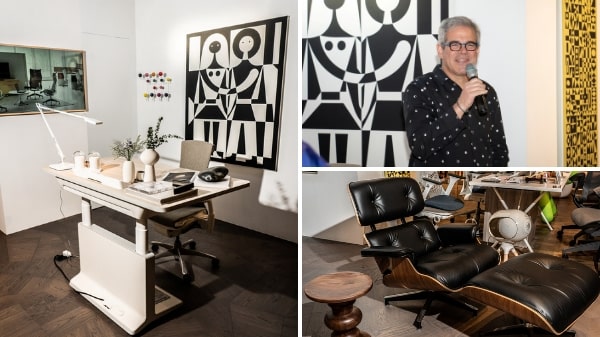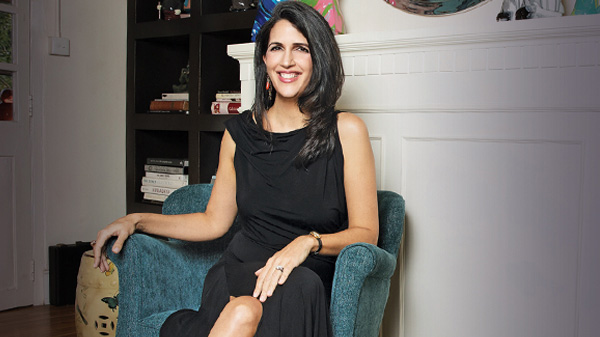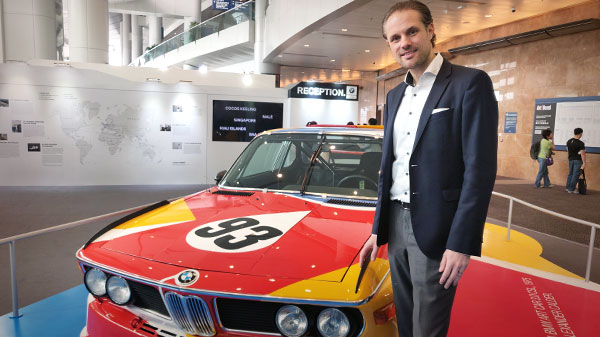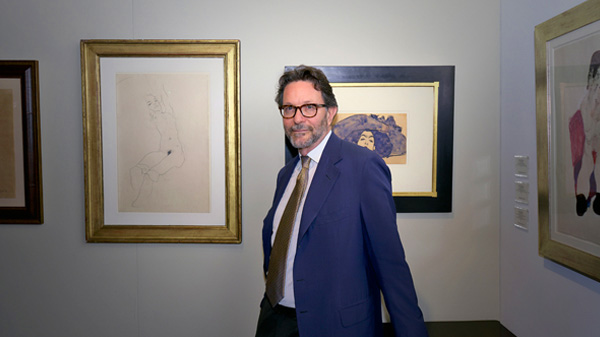Renowned American furniture designers Charles and Ray Eames have gifted the world with such iconic designs as the Eames Lounge Chair and Ottoman, the Molded Plastic & Fibreglass Armchair Shell and much more besides. Now, their legacy has arrived in Hong Kong courtesy of a special partnership between luxury lifestyle concept store COLOURLIVING and Herman Miller, the furniture label that has long produced Eames furniture pieces.

To mark this special collaboration and the introduction of these luxury models to Hong Kong, we caught up with Eames Demetrios, grandson of the famous Charles and Ray Eames, to find out more about the legendary interior decor gurus, the legacy they’ve bequeathed upon the world, and the exciting pieces that are now available.

Tell us a little bit about your grandparents, Charles and Ray Eames, and how they started their furniture business.
That’s quite a rich question. Actually, Charles was primarily trained as an architect, while Ray was a painter. Even though they’re best-known as furniture designers today, in their own minds, they were still those things first and foremost. As for why they decided to enter the furniture industry, Charles always said that architects tend to gravitate towards furniture design as it’s on a scale you can actually handle more easily. That appealed to both my grandparents, but they also wanted a way to make people’s lives better in a tangible way, and that’s how they ended up starting their furniture company.

How did they end up collaborating with Herman Miller?
Actually, during WWII, Charles and Ray contributed to the war effort by mass producing leg splints for soldiers injured in battle. While it may seem a bit random, the design aspect of it was already part of their furniture studies previously, so it was a seamless transition. After the war, they started their own company after several of their designs received wide acclaim. In 1946 Herman Miller first came across their designs and suggested forming a partnership. They distributed for two years and by 1948, they were manufacturing Charles and Ray Eames designs under license. The rest is history.

What sets the current Eames line of furniture for Herman Miller apart from other brands?
Well, our mission statement at the Eames Foundation is to communicate, preserve and extend the works of Charles and Ray Eames. What this means is that – with the exception of a few modern manufacturing techniques and ethical crafting practices – the products you see today are identical when they were first produced. Unlike many companies who refresh and rejuvenate their collections, we only produce the original works, which highlights the timelessness and contemporary flair of the pieces they designed all those decades ago.

Tell us about the newly-unveiled pieces that have been launched at COLOURLIVING.
I think the Eames Lounge Chair is really the single most iconic piece that we’ve introduced here. Another classic design that high-end furniture lovers will also recognise is the Eames Side Chair, which is also a classic design that high-end furniture lovers will recognise. It’s very exciting to be launching in Hong Kong, and with such a great partner like COLOURLIVING.
Thank you.
COLOURLIVING Showroom. 333 Lockhart Road, Wan Chai. (852) 2295 6263. www.colourliving.com




































